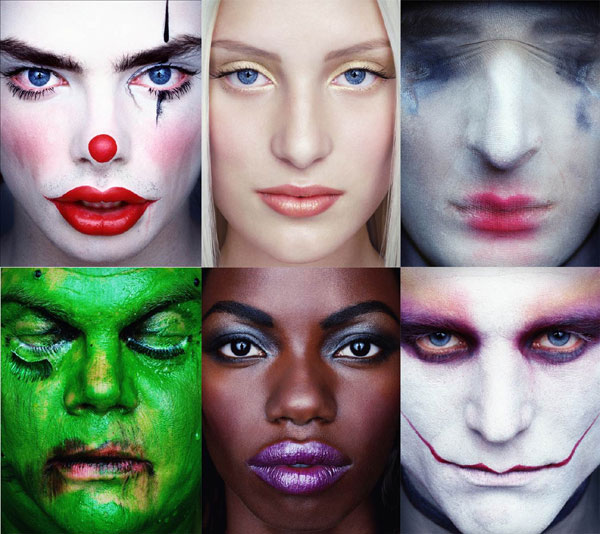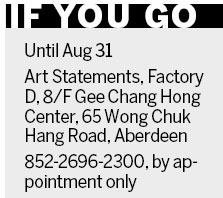A decade in Dutch eyes
Updated: 2012-08-26 13:11
By Rebecca Lo in Hong Kong (China Daily)
|
|||||||||
 |
|
Erwin Olaf's Photography Paradise portraits. Provided to China Daily |
The first decade of the 21st century is one where change is the only sure thing. Dutch photographer Erwin Olaf has captured the decade filtered through his own eyes, and his best works are on display to celebrate Art Statement's move to a lofty space in Aberdeen. His work also graced the gallery's inaugural exhibition in 2004.
"Hong Kong is a very dynamic place with international allure," says Olaf, explaining why it's an ideal city for a retrospective of his 2000 to 2010 works. "It's a place that really speaks to me and gives me inspiration. It's very special to me that Art Statements and I have had a connection for the past 10 years. For me as an artist, it is very interesting to see all the changes and to grow in this turbulent world."
Olaf first burst upon the art scene by snagging first prize at the Young European Photographer competition with his series Chessmen in 1988. He followed with an exhibition in Cologne's Ludwig Museum later that year.
 |
He deliberately mixes photojournalism with meticulously crafted studio photography, concentrating on social exclusion under the veneer of a beautiful appearance. Disturbingly provocative, his images explore class, race, sex, customs and habits.
"My work has changed a lot between 2000 and today," he says. "As I grew older, I became more interested in smaller emotions and stillness. Before, I was more rebellious and sometimes aggressive in my work. But nowadays, I like to highlight the sadder parts of life. I think that an artist should show his emotions, or at least they should be visible in his work. And these are the emotions that I am interested in right now.
"I am most fascinated by the relationship between people and how we can read the current state of mind of someone. With my 2007 series Grief, I tried to capture the choreography of sadness. How does someone stand, sit or look when they have just received sad news.
"With my 2001-02 series Paradise, I tried to capture the sinister laugh in all its different forms. With 2004's Rain and 2005's Hope, it was the silent moment between action and reaction that I was interested in. My latest series Keyhole is about shame. What does shame look like, which muscles do we tense, how do we tilt our heads, position our arms and legs? This is what fascinates me more and more."
Surprisingly in the wake of the now ubiquitous camera and iPhone, Olaf only takes photos while working. "I never take my camera with me on travels," he says. "I am a studio photographer. Bringing a camera along would make me feel unhappy and restless."
sundayed@chinadaily.com.cn
- Exhibiting the 'marrow of Chinese culture'
- Int'l Automobile Exhibition kicks off in Shanxi
- Dalian Intl Automotive Exhibition opens
- Exhibition shows life of rural teachers
- Leather exhibition to be held in Shanghai
- Gold tableware exhibited in Shandong
- 600,000 treasures on display in high-tech art exhibition
- Experts say 'fake' porcelains at exhibit are actually real

 Relief reaches isolated village
Relief reaches isolated village
 Rainfall poses new threats to quake-hit region
Rainfall poses new threats to quake-hit region
 Funerals begin for Boston bombing victims
Funerals begin for Boston bombing victims
 Quake takeaway from China's Air Force
Quake takeaway from China's Air Force
 Obama celebrates young inventors at science fair
Obama celebrates young inventors at science fair
 Earth Day marked around the world
Earth Day marked around the world
 Volunteer team helping students find sense of normalcy
Volunteer team helping students find sense of normalcy
 Ethnic groups quick to join rescue efforts
Ethnic groups quick to join rescue efforts
Most Viewed
Editor's Picks

|

|

|

|

|

|
Today's Top News
Health new priority for quake zone
Xi meets US top military officer
Japan's boats driven out of Diaoyu
China mulls online shopping legislation
Bird flu death toll rises to 22
Putin appoints new ambassador to China
Japanese ships blocked from Diaoyu Islands
Inspired by Guan, more Chinese pick up golf
US Weekly

|

|







